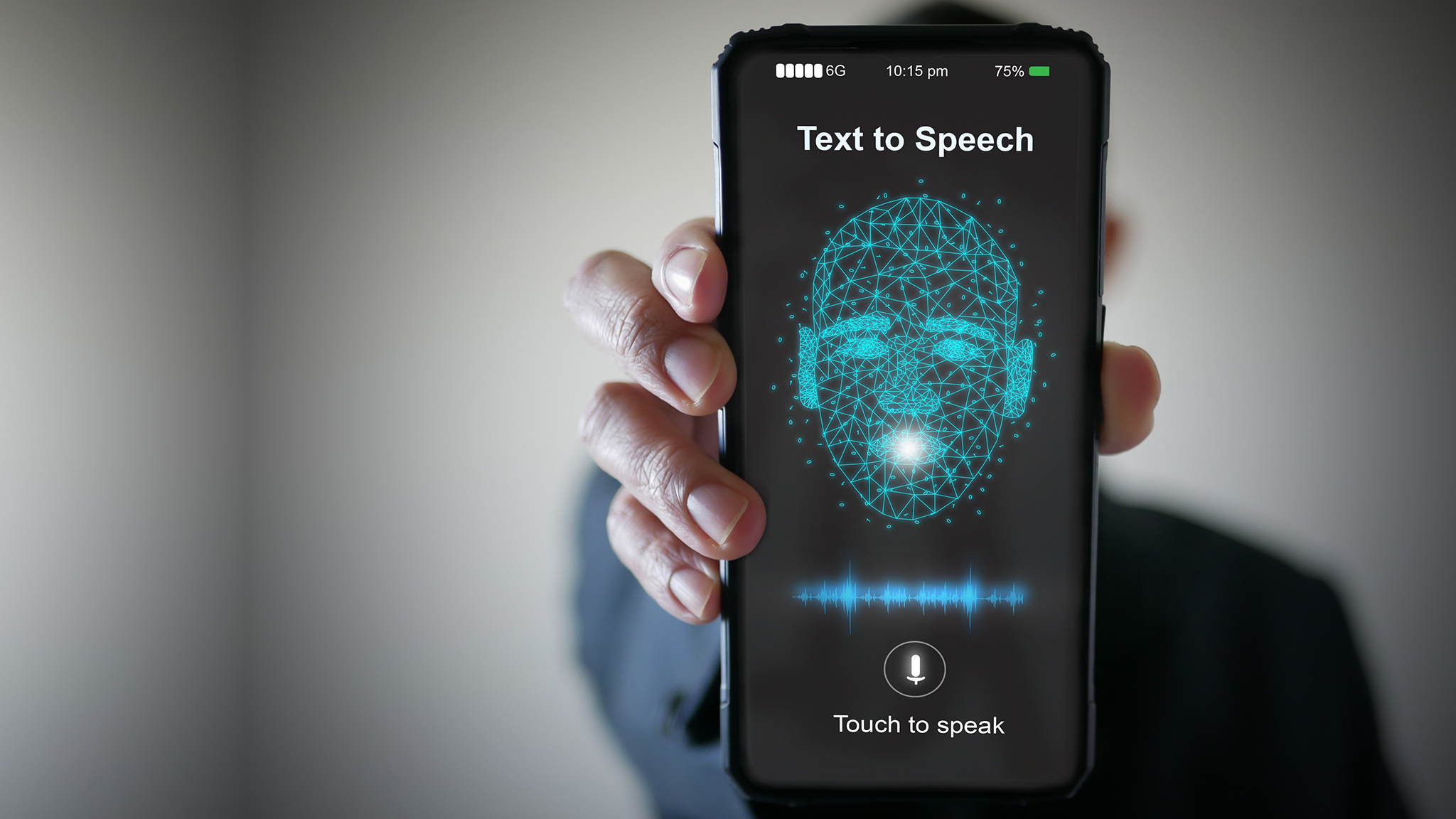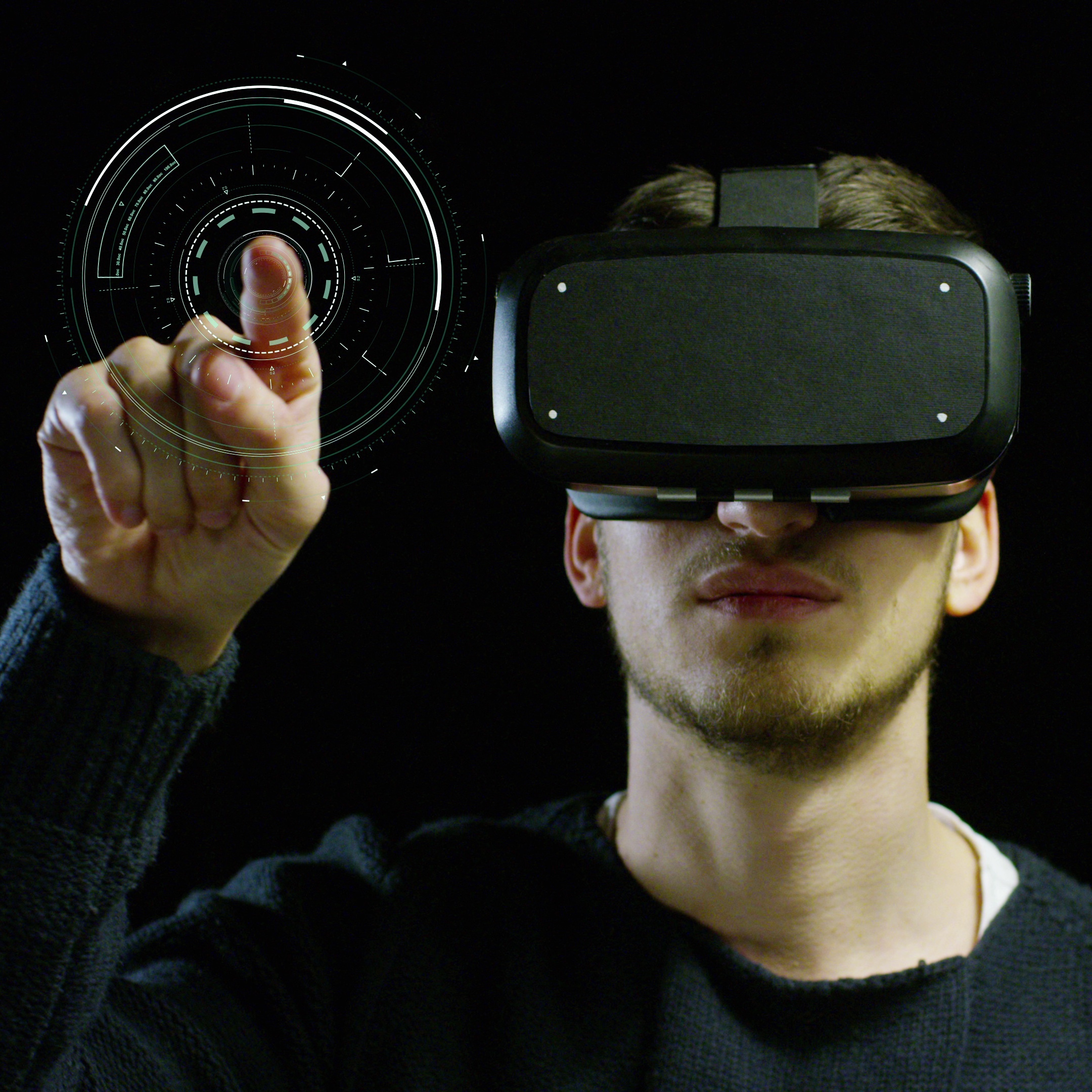Revolutionizing Communication: The Impact of AI Voice Generator Technology
AI has brought Albert Einstein and Marilyn Monroe back to life in photos.
It has given the Monalisa a host of different ethnicities – most popularly Asian – and put a cat into her lap.
It codes. It writes music. It builds marketing strategies. So, of course, it can generate audio!
Welcome to the world of AI voice generators. Also known as Text-to-Speech (TTS), this voice technology uses artificial intelligence to enable computers to process typed text into lifelike audio files, a revolution in voice synthesis.
AI voice generator technology has a world of uses – from enabling quick and intelligent read-throughs to creating voiceovers and powering improved customer service experiences.
AI voice cloning, AI dubbing, and AI voice (which add accents and customization to the basic AI-generated voiceover) are all part of the AI voice generation technology universe.
In this blog, we will understand the length and breadth of AI voice generation technology – the various concepts the term AI voice generators encompasses, how AI voice generators work, their benefits, and their applications for modern businesses.
Let’s start with the what – What exactly is an AI voice generator, what does it do, and how does it achieve its magic? An AI voice generator uses text-to-speech technology to convert written text into audio. It is programmed to read text aloud with an automated pre-recorded voice. All those talking cat videos that are suddenly popular on Instagram and YouTube? That’s AI voice generation tech in action.
Here’s a little-known fact: The reverse, where audio is converted into text, is also one of AI voice generator technology’s prowess.
In an indication of AI voice generation technology’s potential and relevance, there’s already a ton of big players grabbing turf in the space, including Microsoft’s Azure’s TTS, Sound Studio, which brings lifelike, human-like voices to the table, and Amazon Polly which offers realistic voices and a choice of custom voice capabilities. Other options include Lovo, which boasts over 400 voices in over 100 languages, and Speechify, which claims that it will let you borrow rapper Snoop Dogg’s voice or actress Gwyneth Paltrow’s, among many others.
The current state and power of AI voice generator technology – key benefits and real-world beneficiaries
Entertaining us with hilarious pet and baby voiceovers is just the cherry on the cake. AI voice generator tech has a world of business applications.
Customer service
Across finance, retail, healthcare (including testing labs), telecommunications, and internet service providers, among other sectors, contact centers are the bridge between brands and their customers. There are 17 million agents answering calls every day, and yet, customers suffer from long wait times, agents’ inability to answer some queries, and some complaints or requests that fall between the cracks and go unresolved altogether.
AI voice generator technology can solve these roadblocks to customer satisfaction with its automatic speech recognition feature. This feature gives it the ability to transcribe millions of calls between agents and customers and provide real-time prompts for resolving specific queries.
This can speed up call timings, reducing the wait time for calls in queue and enabling better resolution of queries. Fewer queries are ticketed or shelved for later because agents will be able to answer most queries on the go.
Although it is a small feat compared to its other capabilities, AI voice generators also power conversational AI that can respond to easy customer requests around available balance for banking customers, data pack validity for telecom customers, or package tracking for retail customers.
Virtual Assistants
A virtual assistant uses automatic speech recognition and natural language processing to understand queries. It then produces contextualized responses using AI voice generator technology – namely, text-to-speech, which we talked about earlier in this blog.
Virtual assistants drive immense convenience to all of us. Still, they have particular use in aiding visually challenged and visually impaired people who can use a virtual assistant to get answers to questions. They can just say, “Google, what is an AI voice generator?” for example.
Marketing
Tons of brands have mascots – there’s Hello Kitty, the Laughing Cow, the Michelin Man, the Pillsbury Doughboy, Mickey Mouse (for Disneyland), and the five M&Ms that you see in their branding (that some call the M&M spokes candies), among many more.
Brands can easily lend voices to their mascots using AI voice generators for purposes like advertising and brand promotions. AI voice generator technology is also a quick and cost-effective way to add voiceovers to brand films and presentations that run in lobbies, conference rooms, brand museums, and retail outlets.
Entertainment
From gaming to movies and social media content, creators can use AI voice generator technology to create voiceovers for characters in a variety of accents, tones, and pitches. In addition, AI voice generators can be used for dubbing and translating content or for creating content in a variety of languages at the very outset – this is primarily contextual in an OTT world – just think of the number of people who watched Money Heist in English Hindi, rather than its original Spanish version, for example. Of course, there were other methods of carrying out these tasks before. Still, AI voice generators can quicken the process of voiceover creation, dubbing, and translation and possibly even reduce the costs involved.
AI voice generators also have relevance in the world of music and sound design. A solution called VoiceMod promises to “songify any text” for the average person. Uberduck does this with a rap voice. Meanwhile, Revocalize AI is for professionals and businesses operating in this space and refers to itself as a studio-level AI voice generator.
Transcription
How many times in the last year did you go back to a meeting recording or transcript to recall or verify what a colleague, client, or boss said in a prior conversation? All the meeting note-takers that make our lives easier like Otter and DV, use voice recognition and text-to-speech software to create transcripts.
Challenges and considerations in implementing AI voice generator technology
Access to state-of-the-art models
While there is no shortage of AI voice generator tools on the market, access to state-of-the-art models is typically not as widespread. This means that for professional productions, including audiobooks, podcasts, and brand material, more high-cost options would need to be explored. This dilutes one of AI voice generation’s most significant benefits, that is, cost-effectiveness.
Quality of output
When you are not using high-end AI voice generator models, despite advancements and promises of very natural-sounding voices, the output might not be of the desired quality. Background noise cancellation and the general finish might not meet the expected standards.
Intonation and pronunciation
AI voice generators are making strides in mimicking the intricacies of human voices in terms of intonation and emotion. However, many people will argue that there is still a long way to go, that they can very clearly spot an AI voice, and that it interferes with their viewer-listener experience.
Copyright infringement
This is something people need to consider when they use AI voice generators. Users need to be very mindful and perhaps conduct focused research on what’s permissible and what isn’t when turning text assets to audio using AI voice generator technology so as to avoid violating copyright laws.
It might be acceptable to create an audio of a textbook chapter for your child, but it could be a problem if a tutor – for instance – did the same thing for their students and earned from it in the process.
On the other hand, AI voice generators make it easy for people to blur or violate copyright regulations. As such, regulators might need to give these laws a second look in light of new developments.
Privacy and ethics
These are significant considerations, especially in the use of AI voice cloning. Here are some ways that AI voice cloning can be misused:
Social engineering and phishing
A family member’s voice or a bank’s contact center’s typical sound and voice attributes can be cloned to dupe customers into divulging sensitive information or performing actions that might compromise their bank account.
Celebrity and politician voice misuse
Celebrities earn from brand endorsements, but many of them also choose which brands they want to support. However, AI voice cloning can violate their rights if unscrupulous elements attach celebrity voices – or voices that sound intentionally similar – to any product, service, or idea.
AI voice cloning of politicians’ or national leaders’ voices can create tremendous vulnerabilities in the system – they can be used to create mass panic, to misinform the public for some personal benefit, or to harm specific communities, for example.
Fabrication and tampering of evidence
AI voice cloning can be used to fabricate evidence or to modify audio evidence. Because of AI voice cloning, some evidence might become unusable in court proceedings because the accused might argue that it simply isn’t their voice – and they might just be telling the truth.
These are just some of the ways in which AI voice cloning can be misused. Think about parents’ voices being misused to dupe children or schools, for example. The opportunities are endless and fairly alarming. Regulatory involvement and public awareness are critical at this stage.
Loud and clear future for AI voice generators
AI voice generators can drive convenience, speed, accuracy, and improved customer experience across a variety of sectors and use cases. They have the added benefit of driving inclusiveness by being an enabler for the visually challenged.
From advertising to gaming, entertainment to education, finance to retail, and general everyday business use, AI voice generator technology is driving positive impact across the board. No wonder that the AI voice generator market is expected to reach US$ 4,889 Mn by 2032, growing at a CAGR of 15.40%.



